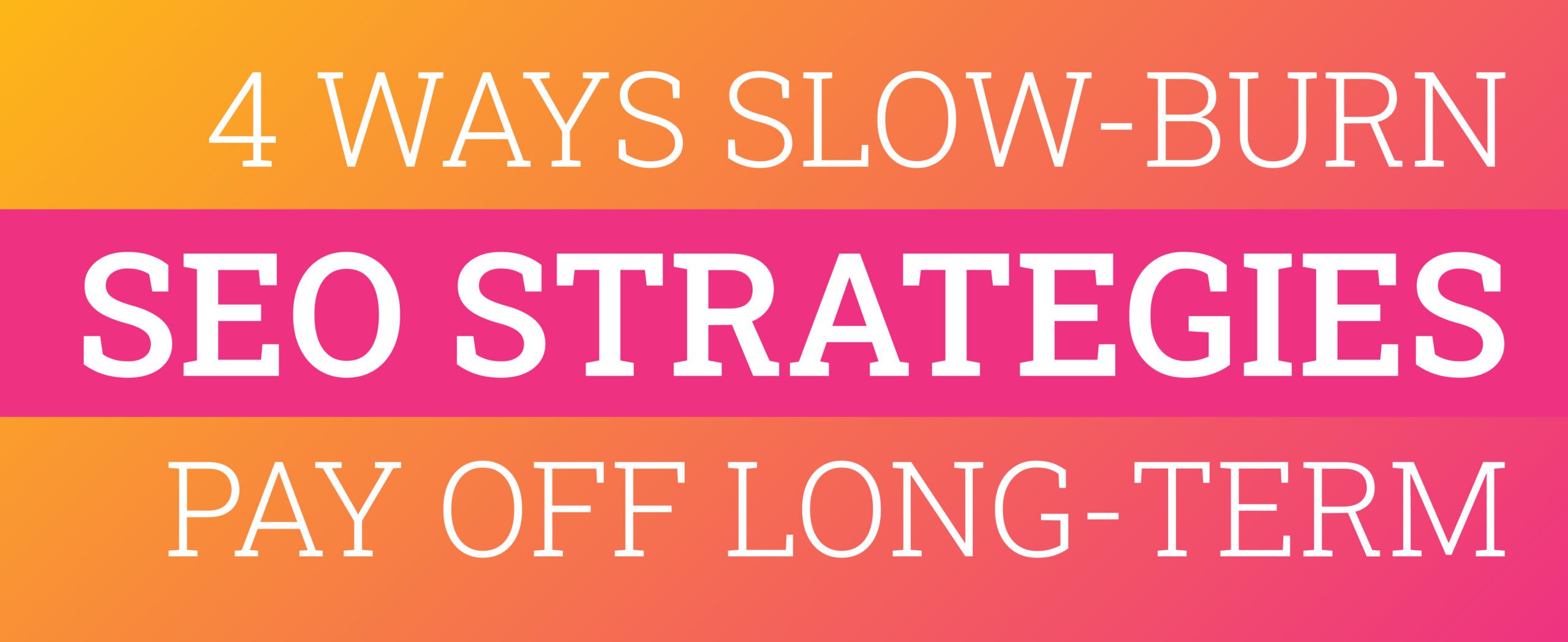Social Media Hits the C-Suite Spot
If you’re reading this, you’re on LinkedIn. And if you’re an executive, that means you probably have better things to do than update your profile, scroll through your feed, and comment on articles…right?
And, according to this survey by BRANDfog, the right executive presence on social media can actually make your job as a leader easier. “When executives fail to speak for themselves, other voices fill the void and conversations continue without them,” the study states. “The opportunity cost for executives who ignore social media is the loss of voice, and it enables others to shape the brand story and influence the brand reputation.”
In other words: Social media is only a waste of time for executives who don’t use it properly.
5 Ways To Enhance Your Executive Leadership on LinkedIn
At its core, LinkedIn provides the ability to raise your brand profile, increase your professional reach, and connect with others who want to endorse, engage, interest, and admire you. As an executive leader, you have the unique opportunity use your social profile to drive and manage corporate results. Here are five tips to make your profile work as hard as you do.
-
Start with a strong introduction.
Your LinkedIn Summary is your chance to be a human—albeit an impressive, high-performing one. Speak in first person. Pair numeric accomplishments with personal anecdotes. Showcase your leadership skills with the experience that has driven your entire career. Keep in mind that your audience includes your competitors, current employees, future A-player team members, and the media, so be honest, authentic, and moderately humble. Your performance should speak for itself.
-
Round out the corporate profile.
As your company grows, more employees will want to link to the company LinkedIn profile as part of their experience. This corporate profile should reflect up-to-date company accomplishments, core values, and, at a minimum, invite curious job seekers, would-be investors, and clients to learn more.
-
Get publishing.
Now that you’ve told the world who you are and who you work for, it’s time to join the conversation. Resist the keyword and SEO trap; buzzwords and gameplay may work for Google (for as long as the algorithm does), but your audiences will see right through them. Talk about what matters to you, your industry, your audiences, and your causes. Not only will this make your comments and articles more interesting, but it will also make them easier to write. Which brings us to the next point.
-
Or find someone to help you do it.
As high-performers who know their industries, customers, and their role in the broader marketplace, every executive leader has it in them to be a thought leader—what they may not have is the time or talent to craft and market unique and powerful content. Luckily, executive leaders also know how to delegate, and this is where firms like MediaSpark come in. From ghostwriting services to social advertising, media marketing can help create and promote thought leadership pieces that interest and engage a wider audience.
-
Understand your impact.
Still not sure if engaging on LinkedIn is worth it? According to this study by Weber Shandwick, employee managers attributed a large part of their company’s standing to that of their CEO’s reputation—with 50% agreeing it will make a significant impact in the years to come, especially as it affects attracting new employees and protecting against crises. Your two cents can offer an incredible ROI in terms of talent attraction, brand awareness, professional credibility, and industrial influence.
In today’s connected environment, the world is always watching. The marketplace is looking to you for answers. Your employees are looking to you to lead. Your investors are looking to you to deliver. Now, what are you going to say?





